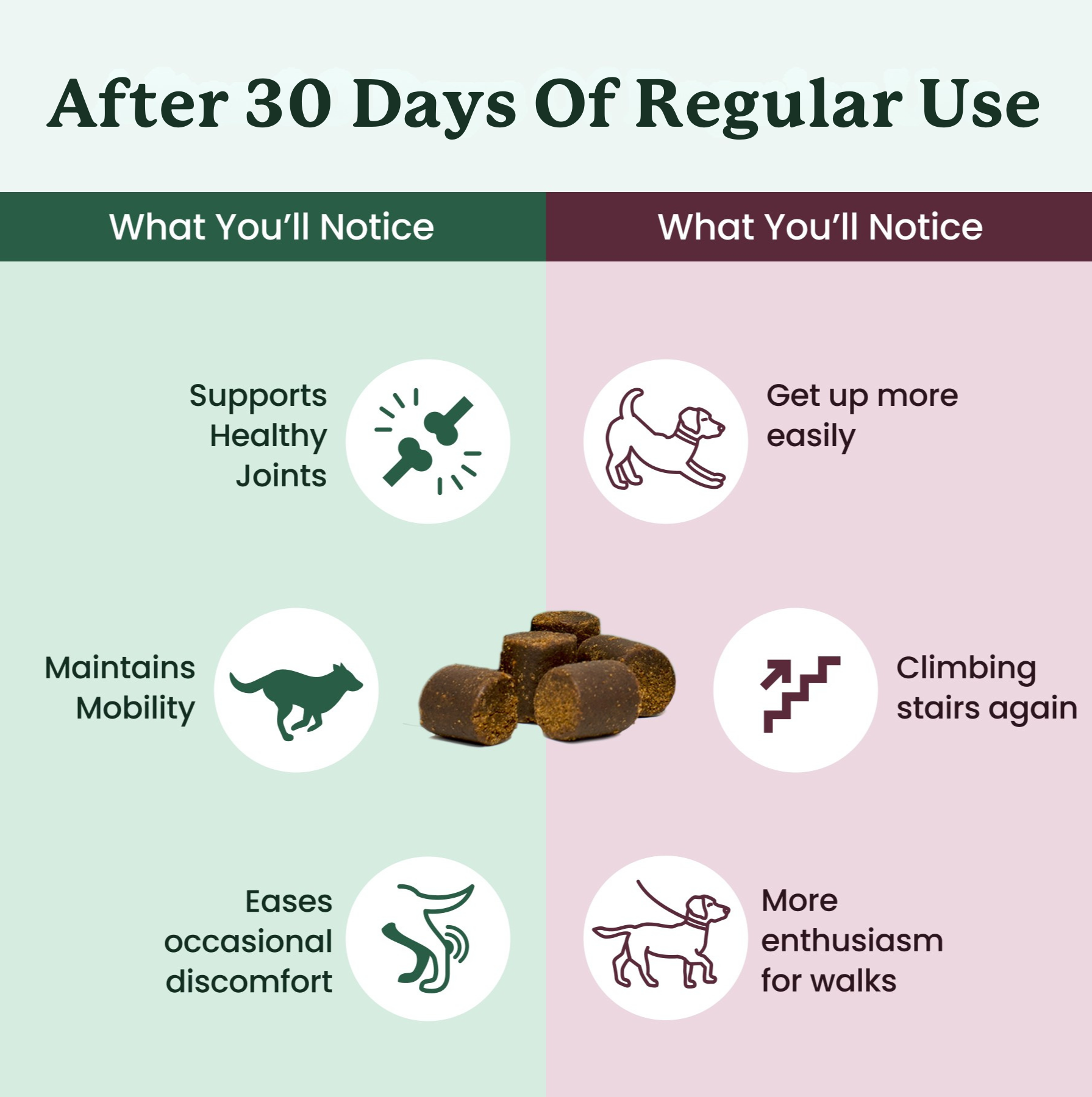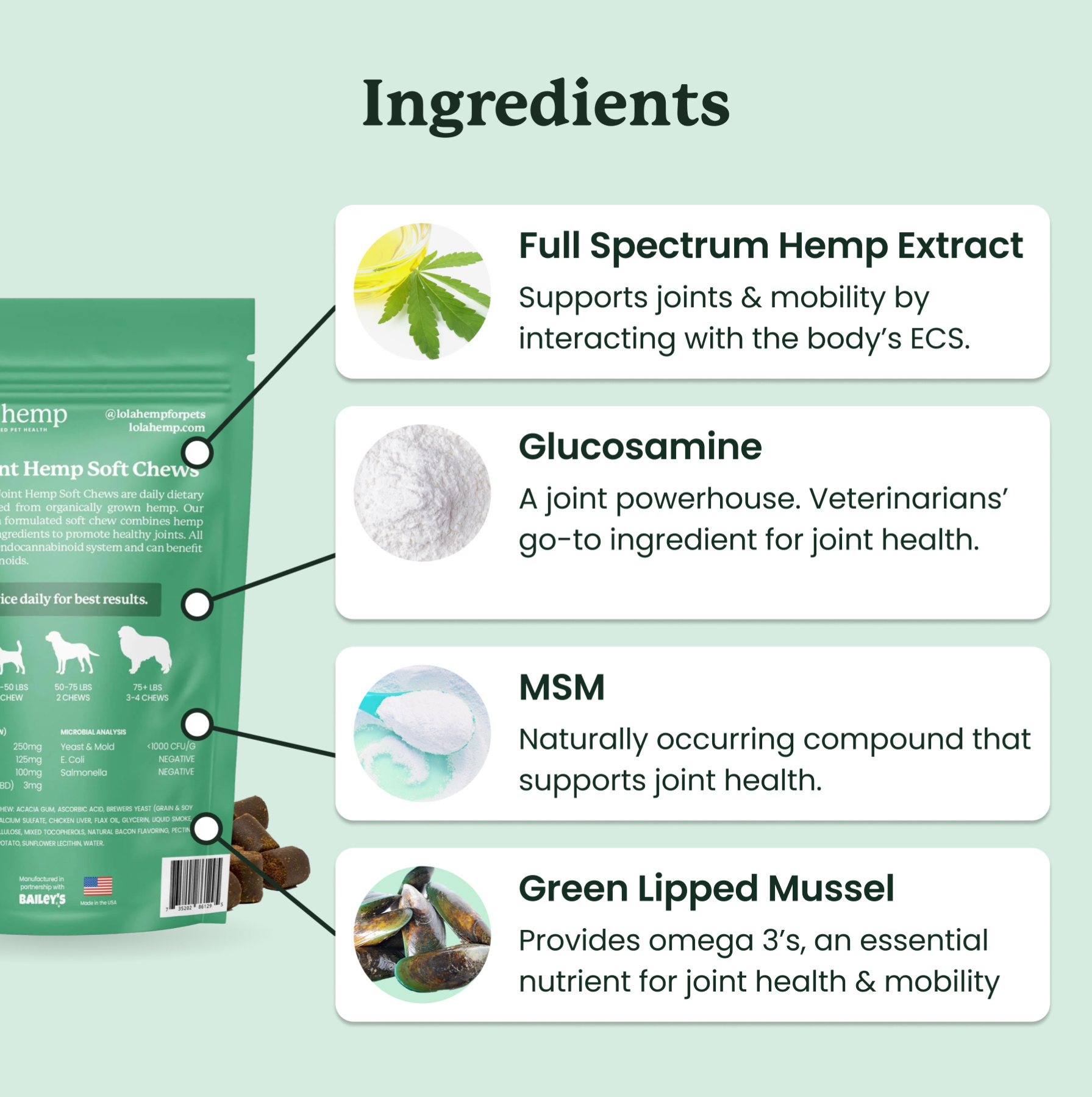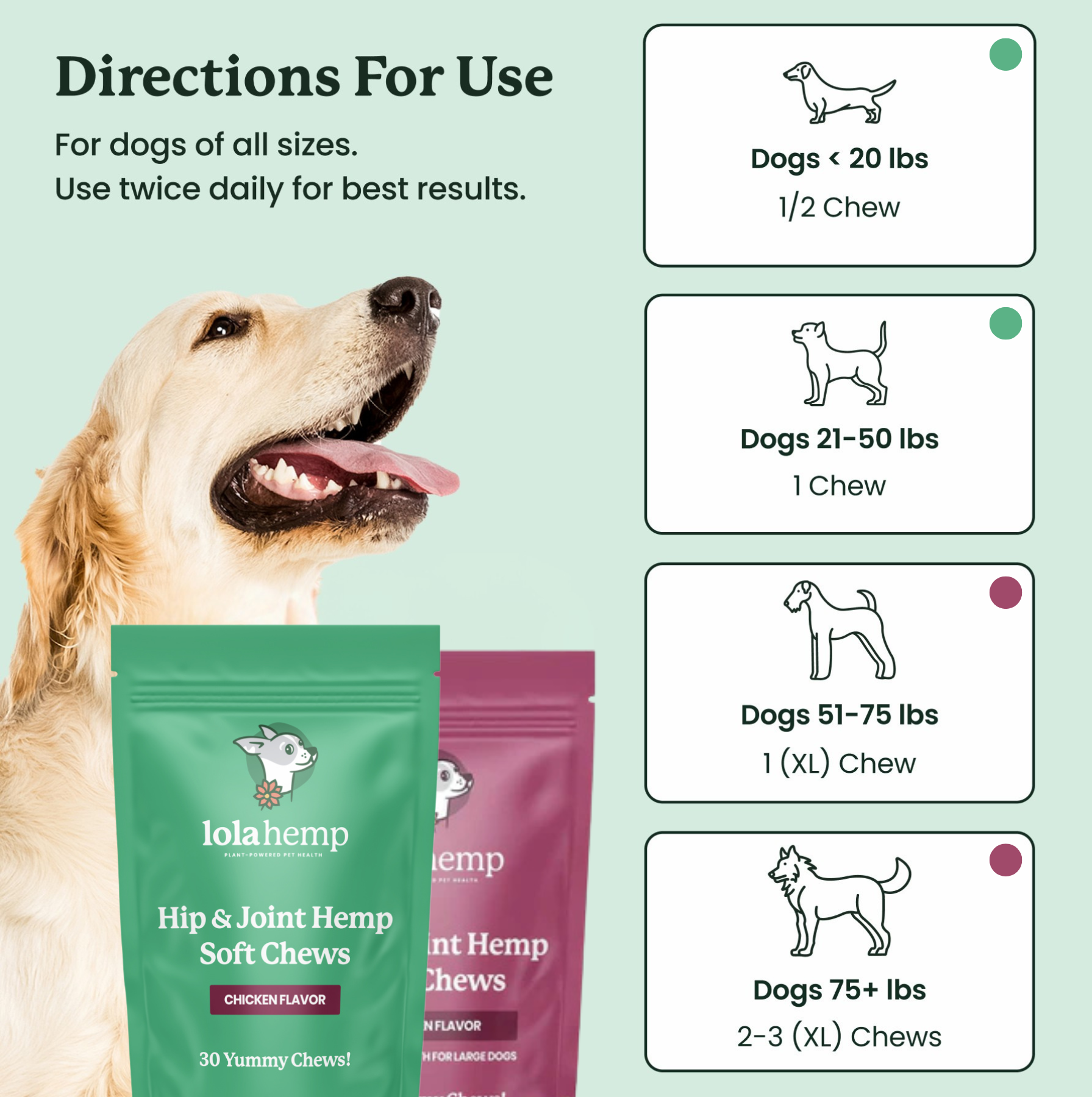Hip problems like canine hip dysplasia are a common worry for dog owners because they can really impact your dog's comfort and ability to move. The hip joint, which lets your dog run and play, works best when the ball (the femoral head) fits just right into the socket. But with hip dysplasia, that fit isn’t quite as it should be.
Catching these issues early is crucial—it's not just about knowing the science behind it, but about recognizing the signs and getting your dog the right care. The sooner you catch it, the better the chances for a more comfortable, active life for your pup. Being proactive and finding activities and supplements that work is key to helping your dog feel their best.
- The Three Most Common Hip Issues in Dogs
- Signs and Symptoms of Hip Problems
- Treatment Options for Hip Pain
- Prevention of Hip Issues in Dogs
- Conclusion
- 1. What causes hip problems in dogs?
- 2. What are early signs of hip dysplasia in dogs?
- 3. Can hip issues in dogs be cured?
- 4. What is the best exercise for dogs with hip issues?
- 5. How can I help my senior dog with hip arthritis?
- 6. Are joint supplements effective for dogs with hip issues?
- 7. When should I see a vet about my dog's hip pain?
The Three Most Common Hip Issues in Dogs
Here are three of the most common hip issues in dogs, along with some key information about each:
1. Hip Dysplasia
- What It Is: Hip dysplasia is a genetic condition where the hip joint doesn't develop properly, causing the femoral head (ball) to not fit properly in the acetabulum (socket). Over time, this leads to arthritis and painful movement.
- Symptoms: Lameness, difficulty standing or sitting, stiffness, and a noticeable reduction in activity.
- Treatment: Treatment options include weight management, pain relief, physical therapy, and, in severe cases, surgery like hip replacement or femoral head osteotomy (FHO).
2. Hip Luxation (Dislocation)
- What It Is: Hip luxation occurs when the femoral head is forced out of the socket, often due to trauma, like being hit by a car or falling from a height. It causes immediate pain and dysfunction.
- Symptoms: Sudden lameness, inability to put weight on the affected leg, and visible swelling or deformity in the hip area.
- Treatment: This is a medical emergency. The dislocated hip must be repositioned, typically through surgery or manual manipulation, followed by rest and rehabilitation to prevent further damage.
3. Arthritis (Osteoarthritis) in the Hip
- What It Is: Arthritis in the hip joint can develop as a result of age, injury, or hip dysplasia. The cartilage wears down over time, leading to inflammation, stiffness, and pain.
- Symptoms: Limping, difficulty climbing stairs or jumping, and reluctance to move. Dogs with arthritis may also exhibit signs of pain when touched around the hips.
- Treatment: Arthritis management typically involves pain relievers, joint supplements like glucosamine, and low-impact exercise to keep the joints flexible. In severe cases, surgical intervention may be needed to manage the pain.
Each of these conditions can affect your dog’s quality of life, so it's important to identify symptoms early and consult with your vet for the right course of action.
Signs and Symptoms of Hip Problems
Recognizing the signs of hip problems in dogs is crucial for early detection and treatment. Dogs with hip issues often show noticeable changes in their behavior and movement. Here are some common signs to look out for:
- Difficulty Moving: Dogs with hip problems may have trouble standing up, climbing stairs, or jumping. They may also move less than usual or seem reluctant to engage in physical activities they previously enjoyed.
- Changes in Gait: Dogs with hip dysplasia often display a “bunny hopping” gait, where they use both hind legs together rather than one at a time. They may also limp or favor one leg over the other.
- Pain: Dogs with hip issues often show signs of discomfort or pain, especially after exercise or first thing in the morning. They may whimper, yelp, or show distress when the hip area is touched.
- Physical Changes: Over time, dogs with hip problems may develop muscle atrophy in the hind legs or an enlarged shoulder muscle as they compensate with their front legs.
- Behavioral Changes: Dogs in pain may become irritable, anxious, or withdrawn. They may also show changes in appetite, rest patterns, or interaction levels.
If you notice any of these signs, visit your veterinarian promptly. Your vet may perform an exam or take X-rays to determine the cause and the best treatment plan.
Treatment Options for Hip Pain
Managing hip pain in dogs usually involves a combination of approaches to improve comfort and mobility. The goal of treatment is to reduce pain, strengthen supporting muscles, and improve overall quality of life.
1. Pain Management
Nonsteroidal anti-inflammatory drugs (NSAIDs) are commonly prescribed to relieve pain and inflammation. Joint supplements such as glucosamine and chondroitin may also help support joint health and slow cartilage breakdown. Always consult your vet before starting or changing any treatment.
2. Physical Therapy
Physical therapy can improve muscle strength and flexibility around the hip joint. Swimming and hydrotherapy are excellent low-impact exercises that allow dogs to move their joints freely without putting too much weight on them.
3. Surgical Options
In advanced cases, surgical procedures such as total hip replacement or triple pelvic osteotomy (TPO) may be recommended. These surgeries can significantly restore mobility and comfort in dogs with severe hip issues.
Prevention of Hip Issues in Dogs
Preventing hip issues involves proactive care such as responsible breeding, weight control, and appropriate exercise. While genetics play a role, lifestyle factors are equally important in maintaining healthy joints.
1. Choose a Responsible Breeder
When adopting a puppy, choose breeders who perform health testing on their dogs. Evaluations like OFA or PennHIP can reduce the risk of passing on hereditary hip issues.
2. Maintain a Healthy Weight
Excess weight puts additional stress on joints. Feed your dog a balanced diet, avoid overfeeding, and engage them in daily activity suited to their age and breed.
3. Low-Impact Exercise
Low-impact activities like walking or swimming help strengthen muscles without stressing joints. Regular moderate exercise helps keep dogs flexible and fit.
4. Joint Supplements
Supplements containing glucosamine, chondroitin, and omega-3 fatty acids can support joint function and mobility. Discuss with your vet to choose the right supplement for your dog.
5. Avoid High-Impact Activities
Activities such as repetitive jumping or rough play on hard surfaces can worsen joint wear. Encourage controlled play and avoid letting young dogs jump from heights.
6. Regular Vet Check-Ups
Routine veterinary visits are essential for early detection. Early intervention often leads to better long-term outcomes and improved comfort.
Conclusion
Hip issues are common in dogs, but early detection, proper management, and preventive care can make a significant difference. Work closely with your veterinarian, support your dog’s joint health through balanced nutrition and safe activity, and use high-quality hip and joint supplements to help them live comfortably and actively.
Frequently Asked Questions About Hip Issues in Dogs
1. What causes hip problems in dogs?
Hip problems can result from genetics, injury, obesity, or age-related wear. Breeds like German Shepherds and Labradors are more prone to hereditary hip dysplasia.
2. What are early signs of hip dysplasia in dogs?
Early signs include stiffness after rest, trouble standing, reluctance to jump, and a “bunny hopping” gait. If these symptoms appear, consult your veterinarian for evaluation.
3. Can hip issues in dogs be cured?
While some cases can be surgically corrected, many hip problems are managed long-term through weight control, physical therapy, supplements, and medication rather than cured outright.
4. What is the best exercise for dogs with hip issues?
Swimming and short, controlled walks are ideal. These activities strengthen muscles without putting excessive stress on joints.
5. How can I help my senior dog with hip arthritis?
Provide soft bedding, assist them with ramps instead of stairs, maintain a healthy weight, and discuss pain management or joint-support supplements with your vet.
6. Are joint supplements effective for dogs with hip issues?
Many dogs benefit from supplements containing glucosamine, chondroitin, and omega-3 fatty acids. These nutrients help maintain cartilage and joint flexibility.
7. When should I see a vet about my dog's hip pain?
If your dog shows persistent limping, stiffness, or reluctance to move, visit your veterinarian promptly. Early diagnosis can prevent worsening and improve treatment outcomes.










